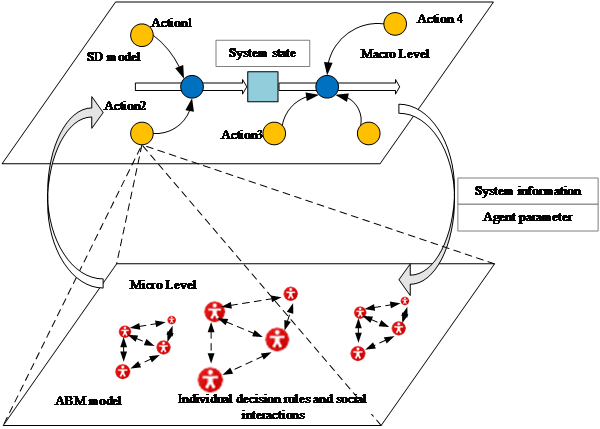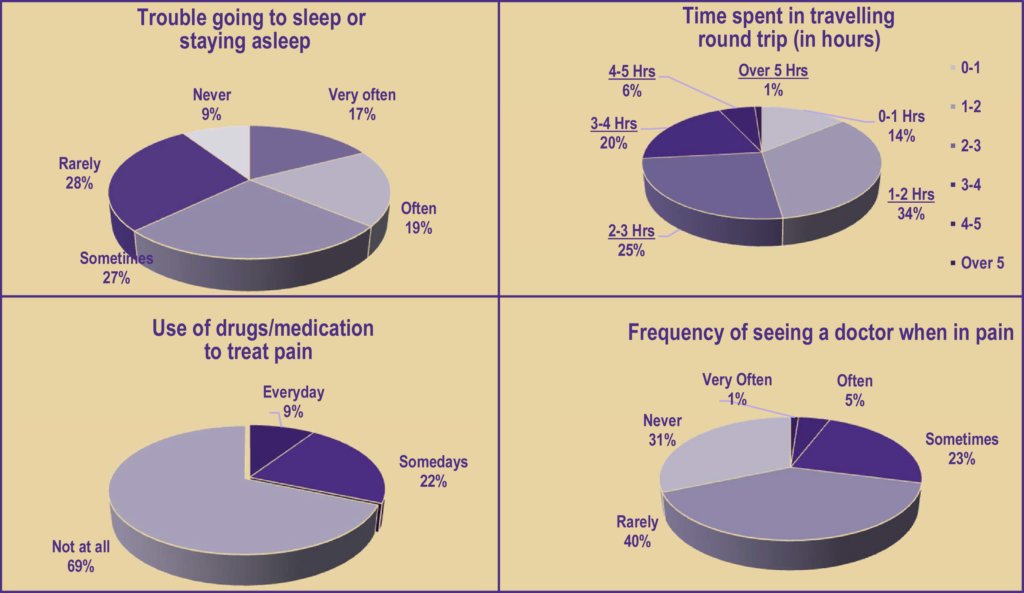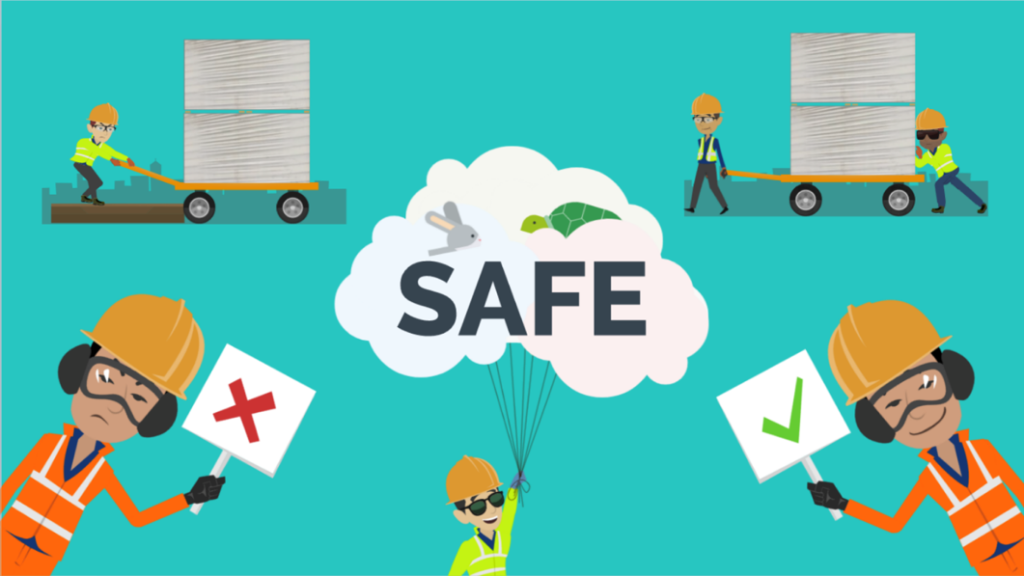(2019) A Hybrid Simulation Approach for Understanding the Social Contagion Effect of Safety Violations within the Construction Crew

This research aims to develop a hybrid SD-ABM simulation approach for looking into the cognitive, social, organizational and environmental aspects that can altogether determine the social contagion effect of safety violations within the construction crew. (SD: System Dynamic, ABM: Agent Based Modeling)
Previous research has recognized the importance of eliminating safety violations in the context of a social group. However, the social contagion effect of safety violations within a construction crew has not been sufficiently understood. To address this deficiency, this research aims to develop a hybrid simulation approach to look into the cognitive, social, and organizational aspects that can determine the social contagion effect of safety violations within a construction crew. The hybrid approach integrates System Dynamics (SD) and Agent-based Modeling (ABM) to better represent the real world. Our findings show that different interventions should be employed for different work environments. Specifically, social interactions play a critical role at the modest hazard levels because workers in this situation may encounter more ambiguity or uncertainty. Interventions related to decreasing the contagion probability and the safety–productivity tradeoff should be given priority. For the low hazard situation, highly intensive management strategies are required before the occurrence of injuries or accidents. In contrast, for the high hazard situation, highly intensive proactive safety strategies should be supplemented by other interventions (e.g., a high safety goal) to further control safety violations. Then based on the hybrid SD-ABM model, we further studied how social contagion impacts situational and routine safety violations. We verified our hypothesis using the questionnaire collected from 345 construction workers in China. The results showed that both types of safety violations made by coworkers were significantly related to an individual’s perceived social support and production pressure. Specifically, we found that individuals were more likely to imitate coworkers’ routine safety violations than their situational safety violations. Coworkers’ situational safety violations had an indirect effect on individuals’ situational safety violations mainly through perceived social support and safety motivation. By contrast, coworkers’ routine safety violations had an indirect effect on individuals’ routine safety violations mainly through perceived production pressure and attitudinal ambivalence.
Related Publication:
Liang, H.K., and Lin, K.Y., (2019) “A Hybrid Simulation Approach for Understanding the Social Contagion Effect of Safety Violations within the Construction Crew”, in the proceedings of the 2019 ASCE International Conference on Computing in Civil Engineering, Jun. 17 – 10, 2019, Atlanta, Georgia.
Liang, H.K., Lin, K.Y., Zhang, S., (first published online on November 29, 2018) “Understanding the Social Contagion Effect of Safety Violations within a Construction Crew: A Hybrid Approach Using System Dynamics and Agent-Based Modeling”, International Journal of Environmental Research and Public Health, Vol. 15 (12), 2018. (available at https://www.mdpi.com/journal/ijerph/special_issues/construction through Open Access)
Liang, H.K., Lin, K.Y., Zhang, S., Su, Y.K., (first published online on April 17, 2018) “The impact of coworkers’ safety violations on an individual worker: a social contagion effect within the construction crew”, International Journal of Environmental Research and Public Health, Vol. 15 (4), 2018. (available at http://www.mdpi.com/1660-4601/15/4/773 through Open Access)




